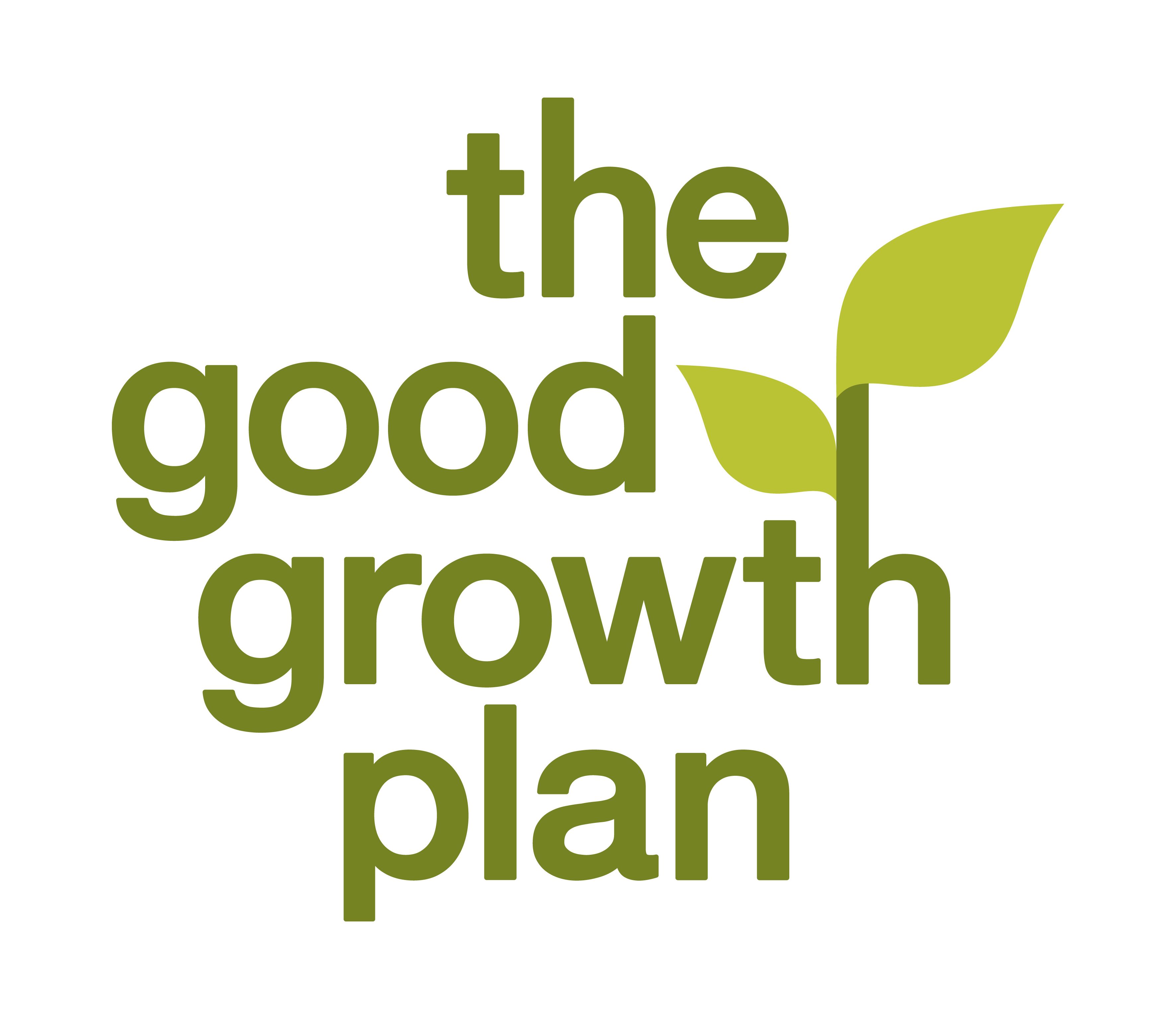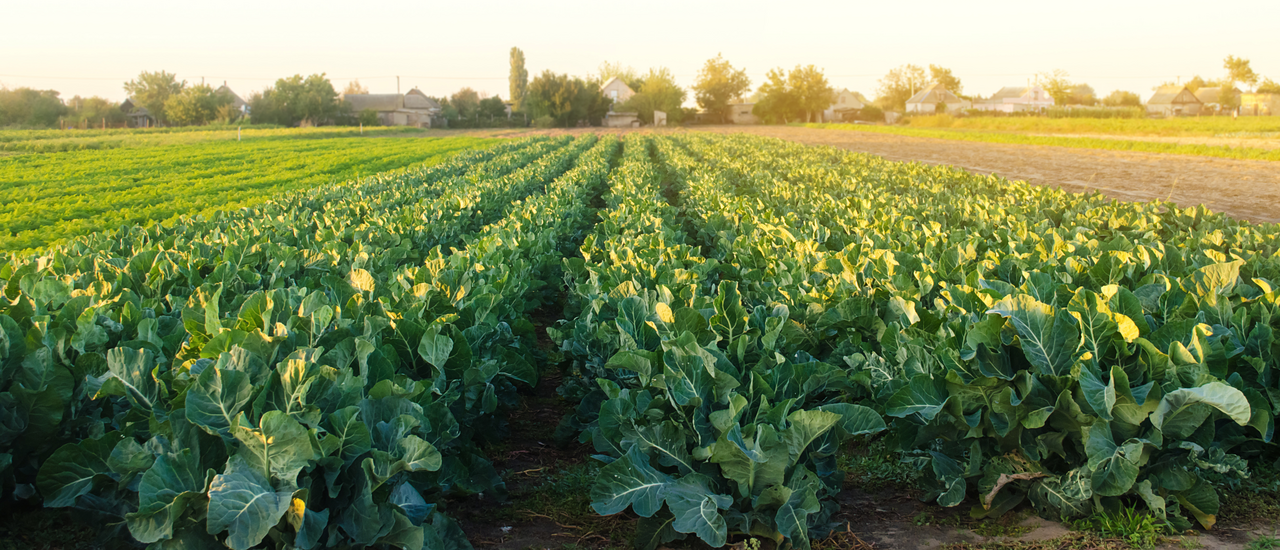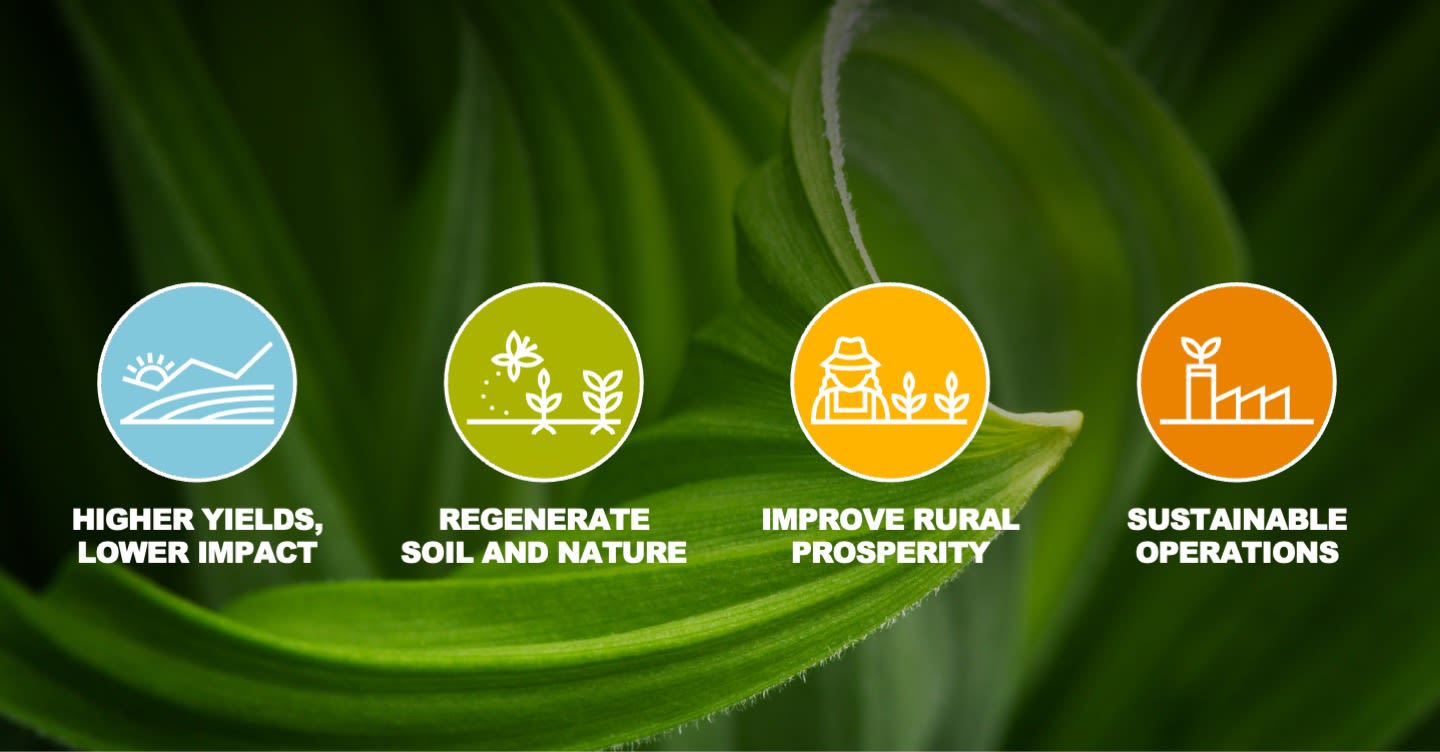Sustainable success
Syngenta’s roots in sustainability

Today, sustainability has become a central concern across many global industries. But just over a decade ago, the idea of measuring an agricultural company’s environmental impact and then taking steps to mitigate it was still emerging.
In 2013, Syngenta helped change that conversation with the launch of its Good Growth Plan — one of the first comprehensive sustainability roadmaps in the agriculture industry. The plan set specific targets to improve both farming productivity and environmental outcomes, marking a significant shift in how agricultural input companies approached their environmental responsibilities.
The Good Growth Plan helped empower smallholders around the world, including African farmer Priscar Mwangangi.
What made Syngenta’s approach distinctive was the commitment to transparency. The company publicly shared its progress data, holding itself accountable in ways that weren't common practice at the time.
These early efforts laid the foundation for what has since become the company’s North Star: its Sustainability Priorities. Over time, Syngenta’s targets and methods have evolved, building on lessons learned and expanding its ambitions. The same commitment to innovation and accountability that guided the company still drives it today.
This year, Syngenta is celebrating its 25th anniversary. Check out more of our stories about innovation.
This year, Syngenta is celebrating its 25th anniversary. Check out more of our stories about innovation.
Today, sustainability has become a central concern across many global industries. But just over a decade ago, the idea of measuring an agricultural company’s environmental impact and then taking steps to mitigate it was still emerging.
In 2013, Syngenta helped change that conversation with the launch of its Good Growth Plan — one of the first comprehensive sustainability roadmaps in the agriculture industry. The plan set specific targets to improve both farming productivity and environmental outcomes, marking a significant shift in how agricultural input companies approached their environmental responsibilities.
The Good Growth Plan helped empower smallholders around the world, including African farmer Priscar Mwangangi.
What made Syngenta’s approach distinctive was the commitment to transparency. The company publicly shared its progress data, holding itself accountable in ways that weren't common practice at the time.
These early efforts laid the foundation for what has since become the company’s North Star: its Sustainability Priorities. Over time, Syngenta’s targets and methods have evolved, building on lessons learned and expanding its ambitions. The same commitment to innovation and accountability that guided the company still drives it today.
This year, Syngenta is celebrating its 25th anniversary.
This year, Syngenta is celebrating its 25th anniversary.
Key achievements of the Good Growth Plan:
By 2018, we surpassed our initial target of improving the fertility of 10 million hectares of land on the brink of degradation - in fact, we benefitted an area about the size of Guatemala.
As part of our first Good Growth Plan, we exceeded our initial aim of enhancing biodiversity on five million hectares of farmland by 27 percent.
We helped more than 70 million people in finding new ways to help people use our products safely, some two thirds more than our 2013 target.
As Chief Sustainability Officer Petra Laux reflects:
"When we launched the Good Growth Plan in 2013, comprehensive sustainability measurement wasn't standard practice for agricultural companies. Today, it's become essential. We're proud of the progress we've made with our portfolio sustainability framework, demonstrating how we embed sustainability into every aspect of our business."
Petra Laux, Chief Sustainability Officer

Breaking new ground
The Good Growth Plan aimed to improve agricultural productivity while reducing its environmental impact, setting bold targets for Syngenta’s Crop Protection and Seeds businesses.
The company worked with growers on this roadmap to address multiple aspects of agriculture: boosting crop efficiency, rescuing farmland from degradation, supporting biodiversity, empowering smallholders, ensuring safety, and protecting workers.
Each year, the company reported its progress against the plan’s targets and shared datasets on soil health, biodiversity, carbon impact on farmland, and product safety.


Delivering results
Syngenta's commitment translated into measurable outcomes. Within five years, the company had made substantial progress across its sustainability targets, even exceeding some ahead of schedule.
Rather than declare victory, Syngenta raised its ambitions, setting more challenging goals to support farmers and the environment.
The results continued to build. Working with farmers across the world, Syngenta’s soil health and biodiversity projects helped to avoid an estimated 7.9 million tonnes of CO2 equivalent emissions. In 2024 alone, the company invested USD 254 million in sustainable agricultural breakthroughs.
Evolving approach
As climate change intensified the urgency for environmental action, Syngenta's sustainability efforts evolved in 2024.
The company established four core Sustainability Priorities: delivering higher yields with lower inputs, regenerating soil and nature, improving rural prosperity, and reducing the environmental impact of the company’s operations while strengthening culture and health and safety. These priorities cover all four of the group’s business units: Crop Protection, Seeds, ADAMA, and Syngenta Group China, and carry measurable targets.
Syngenta's Sustainability Priorities act as the company's North Star to embed sustainability across the business and make real impact.
Syngenta's Sustainability Priorities act as the company's North Star to embed sustainability across the business and make real impact.
That same year, Syngenta launched the Portfolio Sustainability Framework (PSF), an innovative framework that evaluates the sustainability profile of the company’s portfolio across different crops and regions.
The PSF, which began with coverage of the Crop Protection portfolio, was this year expanded to include the Seeds Field Crops portfolio. This has resulted in the rating of tens of thousands of combinations of formulated products and seeds products commercially available across specific crops and geographies, marking a new milestone in agricultural transparency.
It's been more than a decade since Syngenta launched its first sustainability action plan. But one thing has not changed: sustainability remains integral to its business. The company's dedication to helping farmers feed the world while improving environmental outcomes continues to guide everything it does.
This year, Syngenta is celebrating its 25th anniversary. We are proud of our continuous innovation and contribution to the food system over the past quarter century. Check out more of our stories about innovation.
This year, Syngenta is celebrating its 25th anniversary. We are proud of our continuous innovation and contribution to the food system over the past quarter century. Check out more of our stories about innovation.









